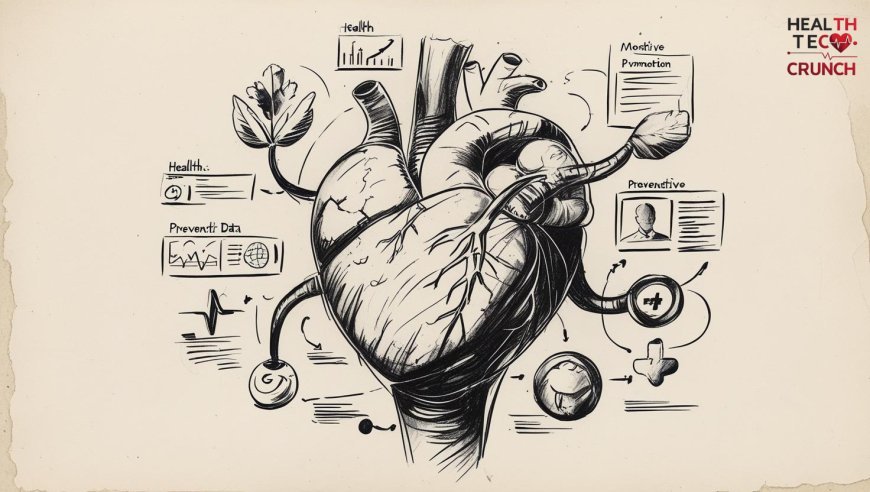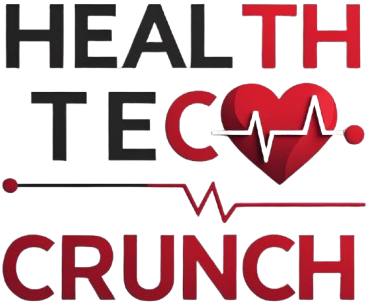The Role of Health Promotion and Prevention: Harnessing Data for a Healthier Tomorrow

The Role of Health Promotion and Prevention: Harnessing Data for a Healthier Tomorrow
In the landscape of healthcare, the age-old adage “prevention is better than cure” has never been more relevant. As medical technology advances and healthcare costs rise, there is a growing recognition that promoting health and preventing illness are essential strategies for building sustainable health systems. Today, data-driven approaches are transforming how we design and implement health promotion and prevention efforts, making them more effective and personalized than ever before.
Health promotion and prevention focus on empowering individuals and communities to lead healthier lives, reducing the risk of chronic diseases, and minimizing the burden on healthcare facilities. From encouraging regular exercise and balanced nutrition to advocating for vaccinations and smoking cessation, these initiatives seek to address the root causes of illness before they manifest as serious health problems.
What sets modern prevention apart is the use of data-vast amounts of it-collected from electronic health records, wearable devices, genetic testing, and population health studies. This wealth of information allows healthcare professionals and public health authorities to identify patterns and risk factors at both the individual and community levels. By analyzing this data, interventions can be tailored to target the people who need them most, making health promotion efforts more efficient and impactful.
For example, personalized lifestyle interventions can be designed using insights from genetic predispositions, activity levels, and dietary habits. This means that instead of generic advice, individuals receive recommendations that resonate with their unique circumstances and challenges. Such precision not only increases motivation but also improves health outcomes by addressing specific risk factors.
On a broader scale, public health campaigns informed by data analysis can focus resources where they are most needed. If data reveals a rise in diabetes in a particular region or demographic, targeted education and screening programs can be rolled out swiftly. This agility helps prevent outbreaks of disease and encourages healthier behaviors before problems escalate.
The success of these data-driven strategies also depends on community engagement and trust. People are more likely to embrace prevention efforts when they feel understood and respected. This human element-building relationships, listening to concerns, and addressing social and cultural contexts-is critical for turning data insights into real-world health improvements.
Challenges remain, of course. Protecting individuals’ privacy while using their data responsibly is a delicate balance. Ensuring equitable access to prevention programs is another ongoing concern, especially for underserved populations. However, as technology evolves and awareness grows, there is tremendous potential to overcome these hurdles.
Ultimately, the role of health promotion and prevention is not just about avoiding illness; it’s about enabling people to live fuller, happier lives. Data-driven approaches offer a powerful tool to make this vision a reality, helping healthcare systems shift from reactive treatment to proactive care. By embracing these innovations while keeping the human experience at the heart of our efforts, we can pave the way for healthier communities and a brighter future for all.















